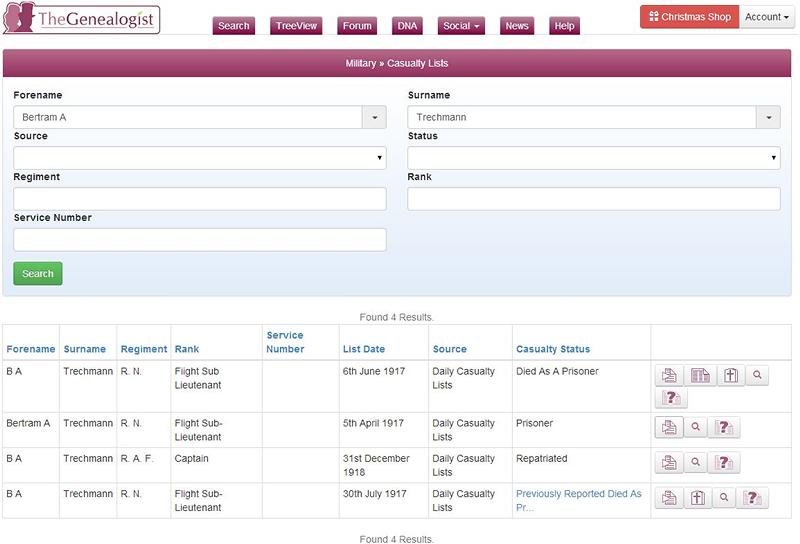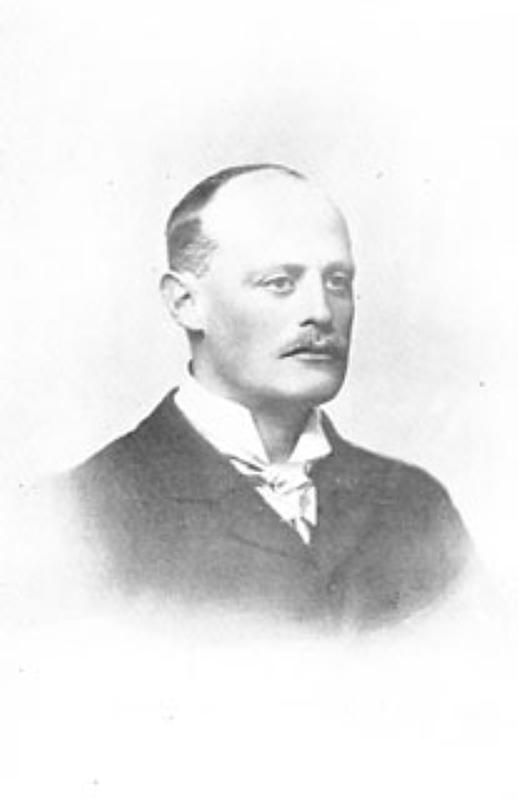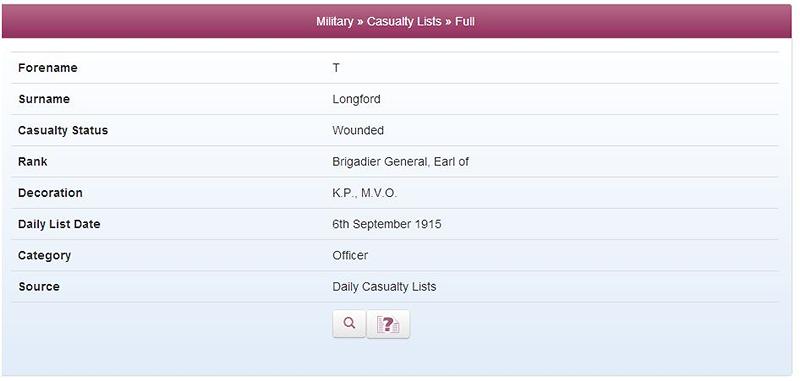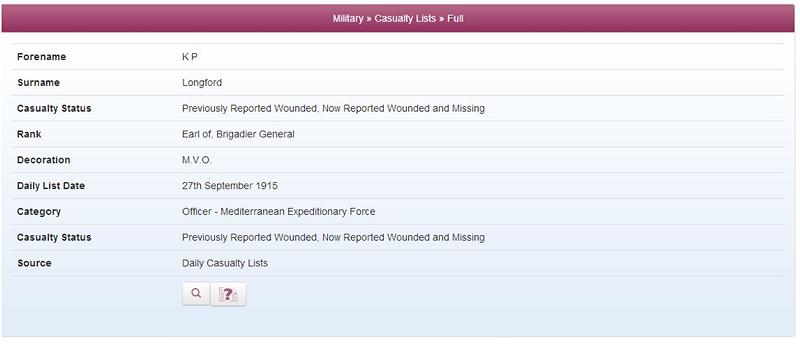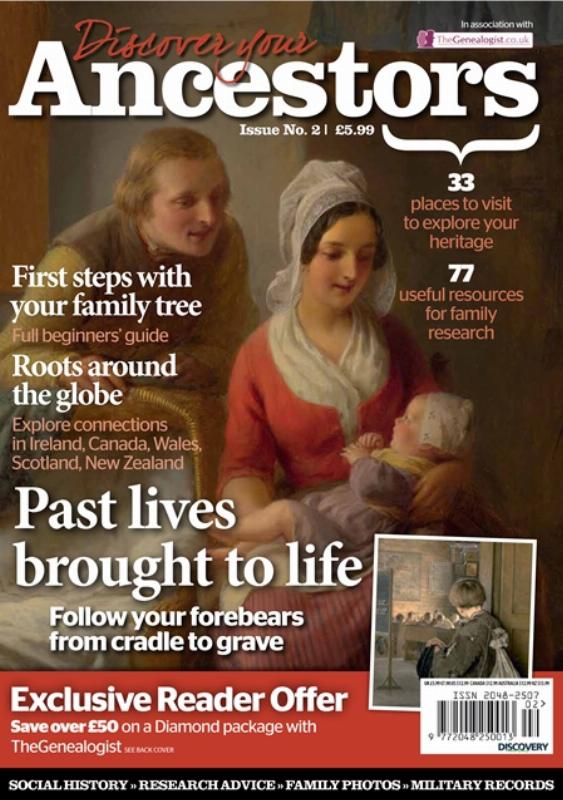Pharos Tutors changes ownership
Press Release: Pharos Tutors under new ownership
Pharos Teaching and Tutoring Ltd has been purchased by Dr Karen Cummings DipGen, with the change in ownership effective immediately.
Helen Osborn, co-founder and owner of the business since its inception in 2005, has sold the business to allow her to focus on other interests.
Karen Cummings, who has been the Course Director for Pharos since October last year, is an established genealogist, tutor and speaker. She is one of our longstanding tutors and has taught and written a number of Pharos courses over the last 6 years. Students who have been on Karen’s courses will testify to her enthusiasm about Pharos courses and the subjects she teaches.

Karen Cummings, new owner (right), with Helen Osborn
Helen says “Pharos has been a large part of my life for 15 years and it now needs new vision and fresh enthusiasm to take it forwards. Karen shares my love of imparting the best genealogy tutoring and inspiration to all genealogists no matter where they are in their educational journey. She brings many skills to Pharos so I am really thrilled that she is stepping into my place. I know the company will not only be in safe hands, but will build on current successes and go from strength to strength.”
Karen says “When Helen told me she was thinking of selling Pharos I jumped at the opportunity to buy the company. I’ve been a student, a tutor and then the Course Director for Pharos and, as we were moving things forward, I was constantly reminded of that 1980s marketing campaign “I liked it so much I bought the company”. We have the most amazing group of Tutors here at Pharos, I am in exceptionally good company. Like the other tutors, I am passionate about delivering high quality courses to students, providing them with tools to become better genealogists, and giving them the opportunity to ask questions along the way. We have over forty different courses currently running and more in development, and I am very excited about taking Pharos forward into the future”.




